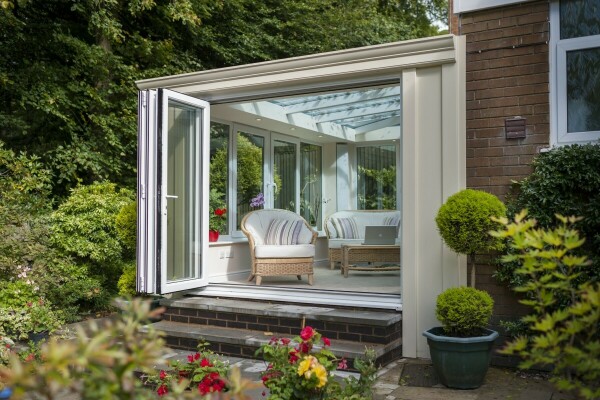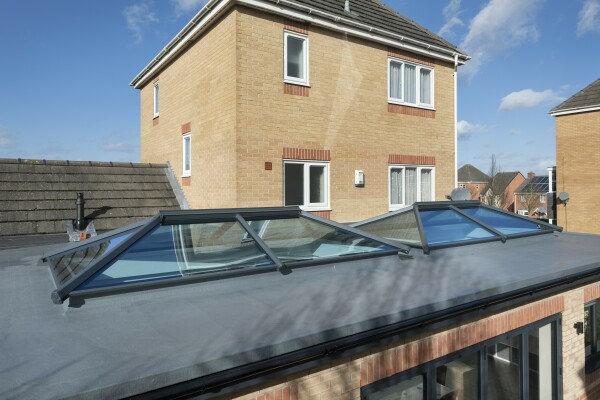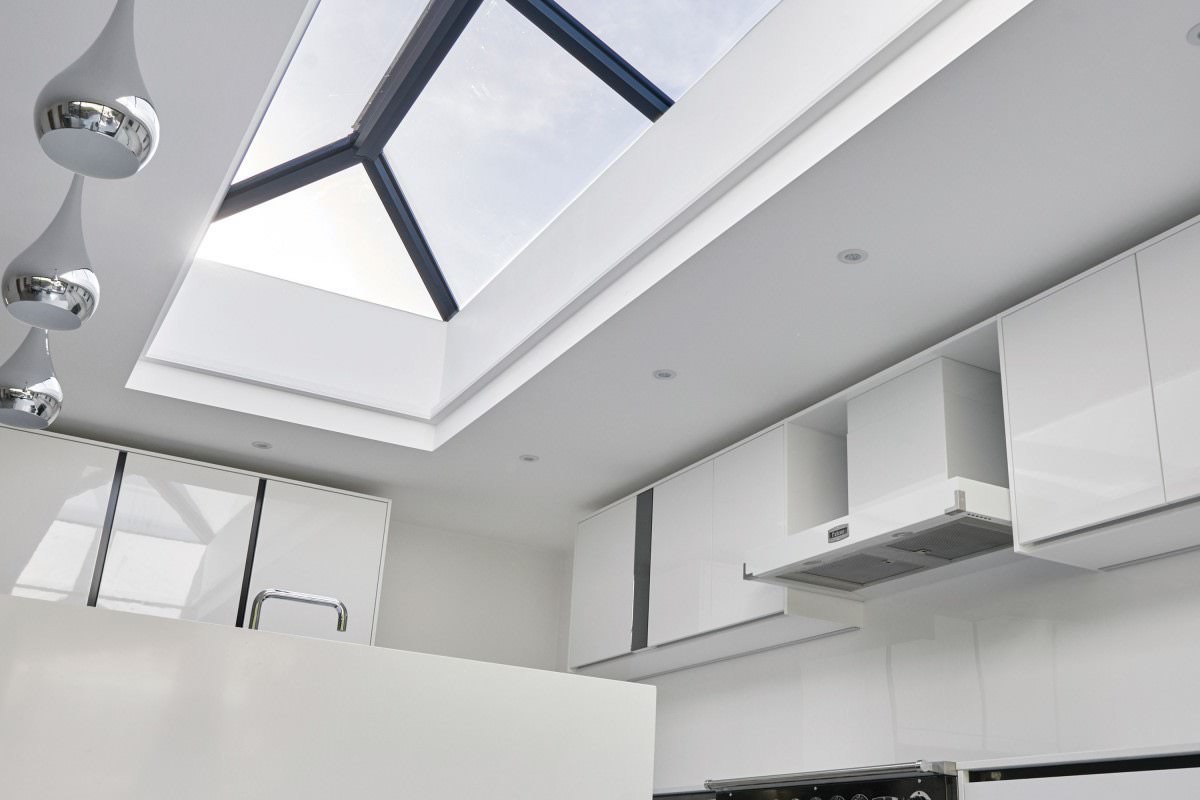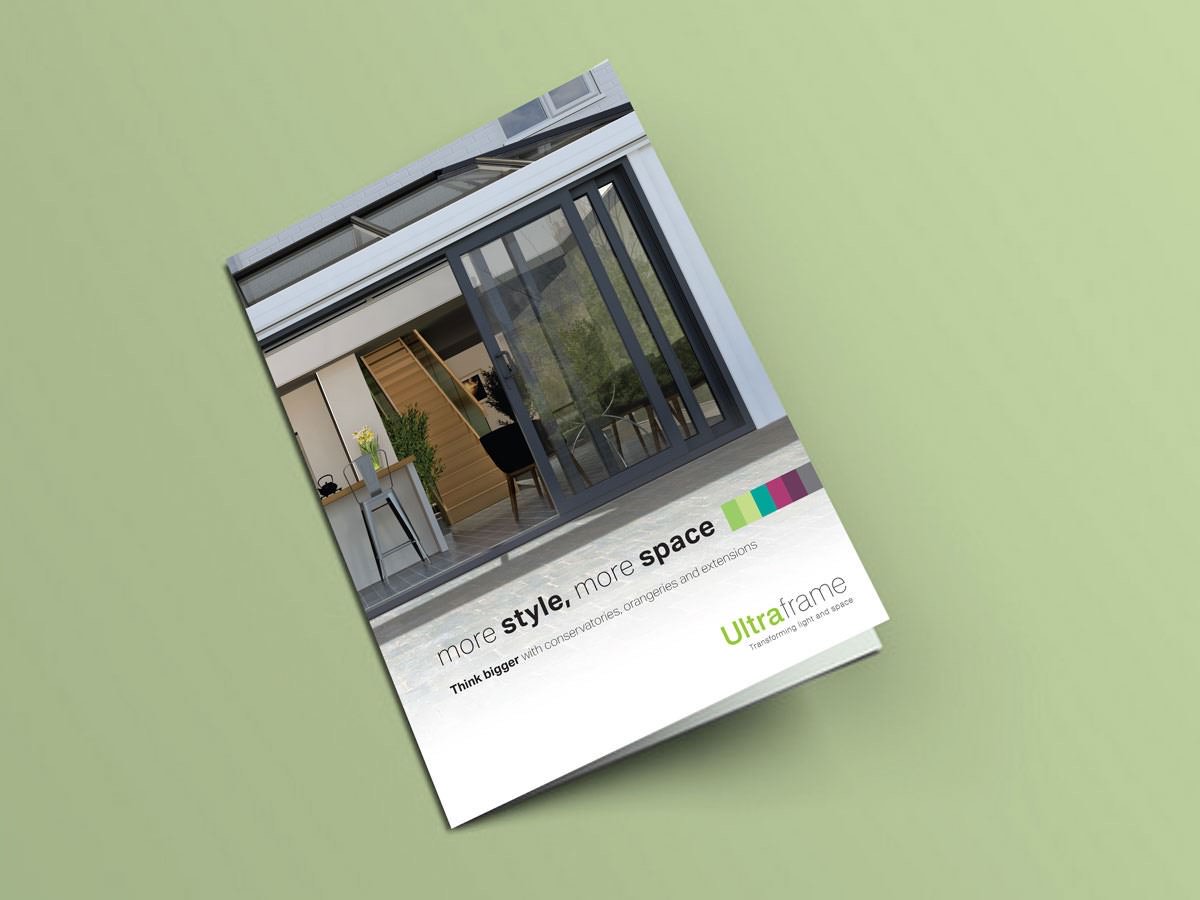Energy efficiency has always been a subject of concern. In modern homes, Building Regulations ensure that the products used within them conform to the latest standards, which includes Part L to ensure that windows/glazing also conform. But what about older properties, such as those from the Victorian era, when energy efficiency was not such a hot topic? Is it the case that adding a conservatory is always going to increase carbon emissions?
The answer is a very definite No. In this article we would like to outline key factors relating to specification and design choice that can reduce emissions or minimise them. It’s clear that by giving due consideration of these factors –size/shape/materials/heating –varying outcomes are possible.
It’s useful to think of two key objectives, as far as energy consumption is concerned, when setting out to build a conservatory.
- Winter Objective: Increase the capture of FREE renewable energy (the sun) whilst minimising expensive generated heating.
- Summer Objective: keep out the suns energy without resorting to expensive, and sometimes noisy, air conditioning.
A Smarter Approach to Energy Efficiency
Consider the Siting of the Conservatory
Usually there is little flexibility with this due to the position of the property relevant to the plot, also, consider your desired use of the new room and what the adjacent rooms function is. However, if there is any flexibility with the consume, benefits are to be had by moving it from a North elevation to a South, at least in meeting the winter objective of generating more free heat. This, however, will be at the expense of less utility in the hot summer months. To help, shading should be considered. Look at adjacent trees, could they provide shade in the summer and let the sun pass in the winter?
Pattern of Occupation
Clearly, if a conservatory is built and used only in warmer sunnier months and left unheated in winter and closed off from the property, then the insulation of the house wall covered by the conservatory is improved and the energy usage of the dwelling reduced. Although this scenario of usage is unlikely it does indicate that a discussion is needed as to whether you are interested in energy conservation, which may pay dividends in terms of optimising energy use across the course of the year.
Construction/Materials
The base and floor must be insulated, all Approved Ultra Installers will ensure this happens. Ignore this important issue and the energy consumption of the conservatory can increase by 20%! The use of high performance glazing materials can also be beneficial as the U value is lower. However, choosing the right glazing for north and south facing conservatories can be a little tricky as you want solar gain in winter and you want it prevented in the summer. Sometimes, the wrong sealed units are used that can cause other issues elsewhere.

Style and Size
Energy used in a conservatory increases roughly in proportion to the size of the conservatory. Style for style, if the size remains the same there is very little difference in energy usage between them, certainly not enough to warrant steering consumers one way or another. However, what is a more important influence is the relationship between width and depth. A wide shallow conservatory has far less impact than a narrow one with a deep projection –again due to the `buffering` effect on the existing house wall.
Taking the Right Steps Towards Energy Efficiency
As responsible citizens, it’s our duty to use sensible measures to reduce our energy consumption and the guidance and tips above will provide you with some knowledge to engage with your home improvements in a responsible way, actually enhances your buying experience as you enjoy a new addition to your home that continues to perform.
Ultraframe introduced chambered top cappings and high performance glazing such as Conservaglass or Polyspan Optimum as examples of a few of the ways that we can ensure that their conservatory is energy efficient. Chambered top cappings are available in a choice of 2 designs for the Classic conservatory roof system, and ensures thermals of up to 4°C warmer than similar systems.
We strive to offer systems that are not only fitter friendly and aesthetically pleasing, but also offer a high level of energy efficiency, ensuring that homeowners get a conservatory which is a room for all seasons, and a product which is performing in line with current energy conservation guidelines. You won’t have to settle for less.
Find Your Nearest Approved Ultra Installer
Although Ultraframe systems are widely acknowledged as being at the cutting edge of the market, we still strive to enhance them, to ensure they stay ahead of both any future legislation or consumer wishes regarding thermal performance, as well as offering features that help installers on site. We do this by investing heavily into research and development.
Find your nearest Approved Ultra Installer to benefit from market-leading products, installed by professionals. We vet and assess all of our Ultraframe specialists before we approve them, ensuring they operate to the highest standards of professionalism, reliability, efficiency and promptness when dealing with your project.







